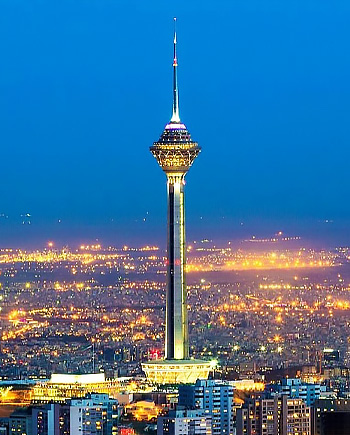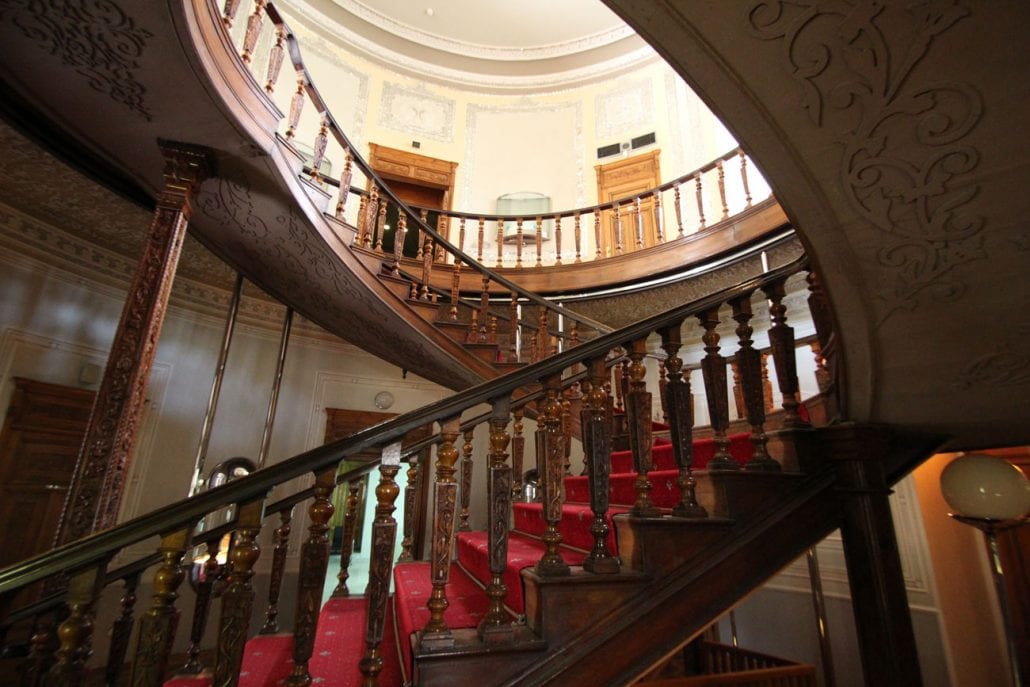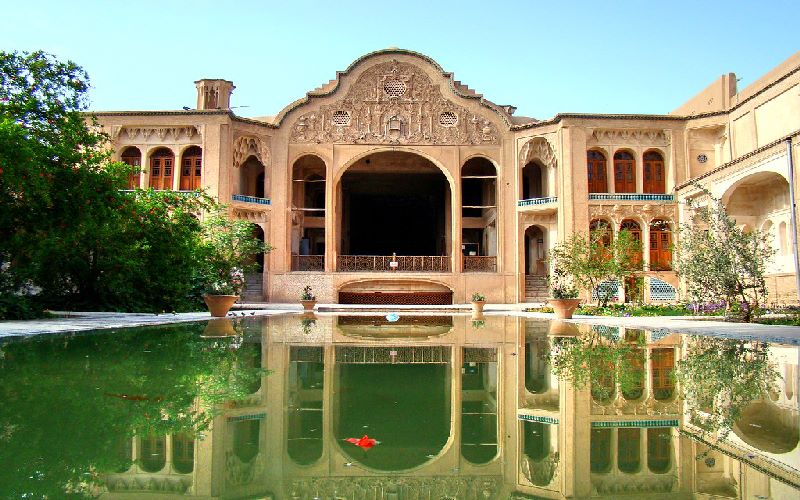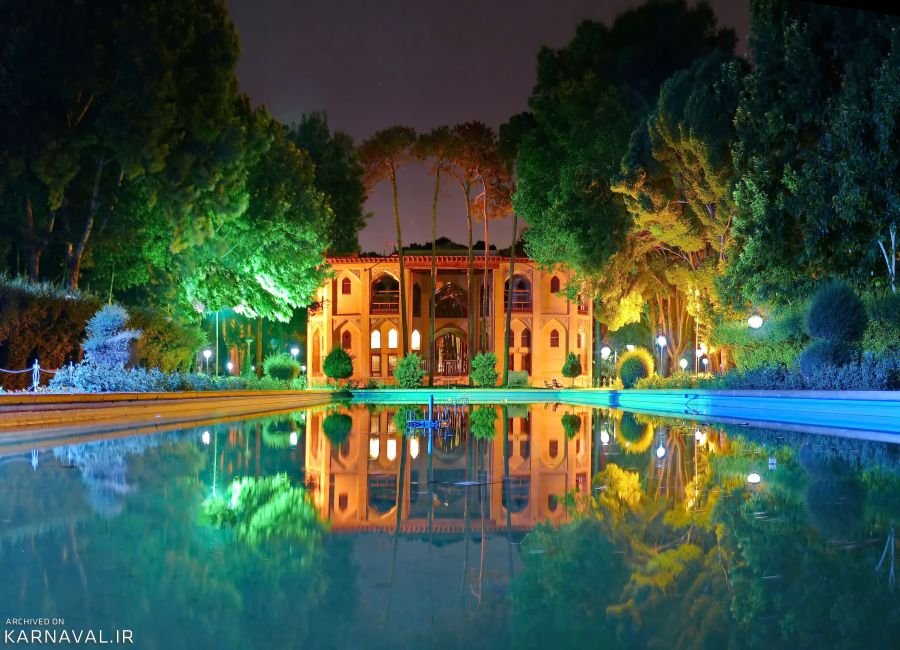





























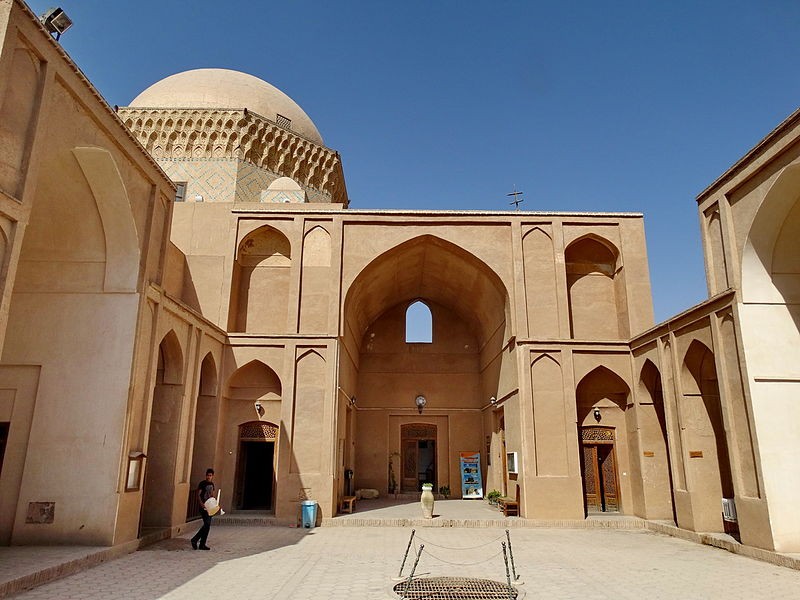

Alexander’s Prison (locally called “Zendaan-e Eskandar”), is a legendary place named after Alexander the Great, also known as Alexander of Macedonia, who overthrew the Persian Empire in about 330 BC.
The mysterious place is located in one of the old neighborhoods of Yazd, in central Iran. However, as a modern visitor, what you see is like a centuries-old domed building made of bricks, clay, and mortar; it does not match a prison or so at all.
The complex, however, contains a deep, circular, brick-lined pit almost 10 meters in diameter resembling an ancient dungeon found at the heart of the old. There is also a well and some nooks in the courtyard.
The most vigorous account arises from a reference to a poem of Hafez, the industrious 14th-century Persian poet Khwaja Shams al-Din Muḥammad Ḥafeẓ-e Shirazi, known by his pen name Hafez.
According to the legend, a deep well in the middle of the courtyard of the structure was in fact built by Alexander the Great and used as a dungeon.
Some locals say that Alexander’s Prison, or the Zia’iya school in the Fahadan neighborhood of Yazd, was built on the request of Alexander the Great, during his invasion of Iran, centuries before the complex being modified and reconstructed as a school.
There are recounts saying the religious school has no connection to Alexander. Another alternative suggests the name comes from the claim that it was built by Alexander the Great as a prison for some Persian protesters.
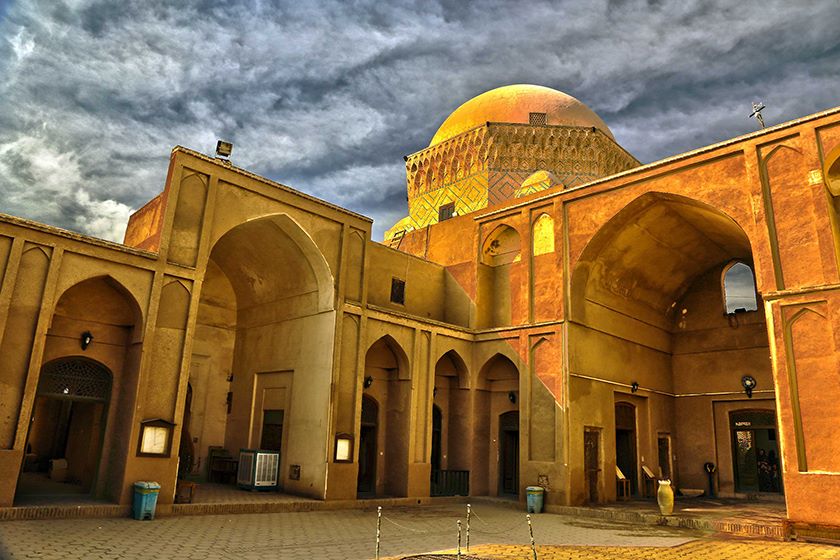
.jpg)

Visitors can avail free date change. No cancellations and refunds can be made.



